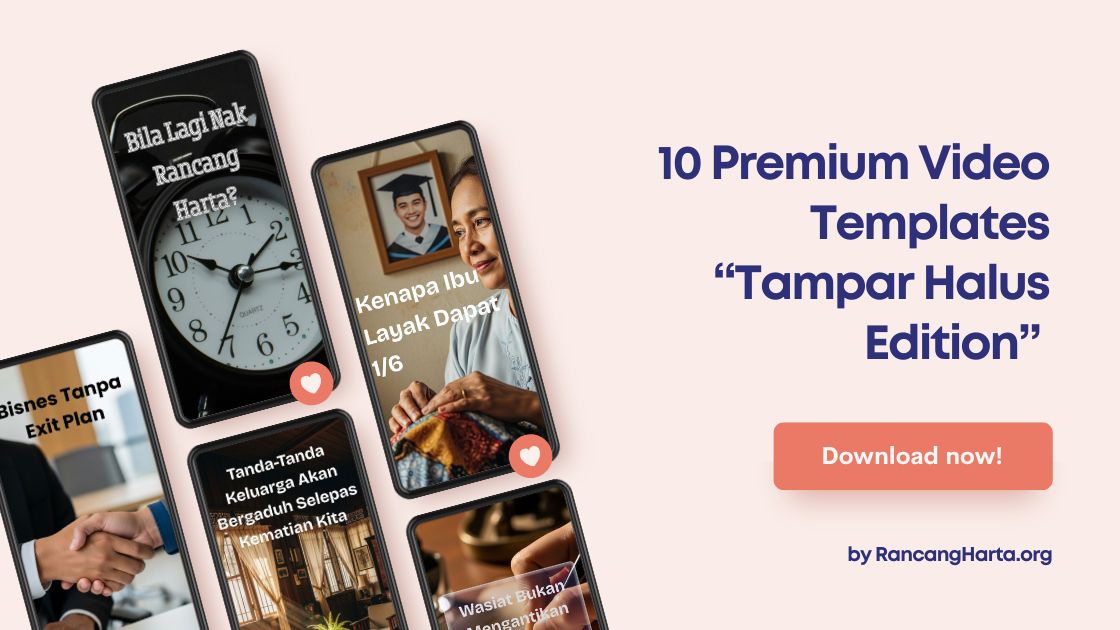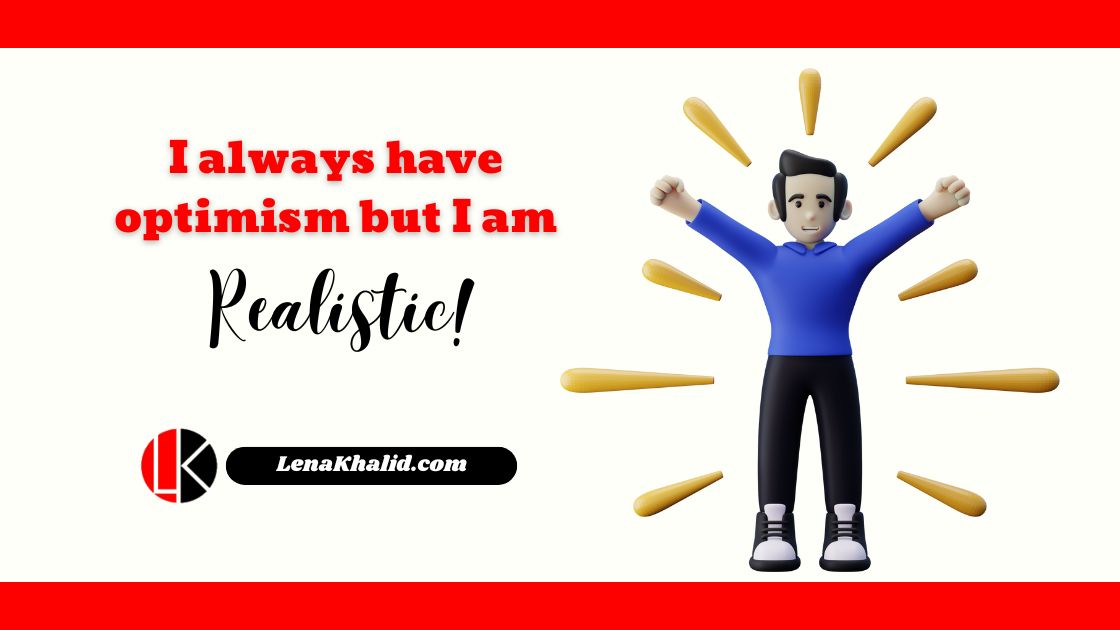
How to Boost Open Rates with Better Email Subject Lines
How subject lines, preheader text, and the From field can convince recipients to click
All the brilliant email designs and persuasive copy in the world matter little if your audience doesn’t open your emails. Most people’s inboxes are perpetually full, which makes it hard to cut through the noise. You can’t rely on even your most loyal subscribers to open every single email, especially if your email subject lines aren’t grabbing attention.
The key to success is to nab your recipient’s attention and make them eager to open your email. The only way to achieve this is by optimizing what they see when they review their inbox: the subject line, From field, and the preheader. Here’s how to make all these elements work together for better-performing campaigns.
What makes a good subject line?
A subject line is what most recipients will see first, even before the sender’s name. This means a great subject line is the first line of defense against instant deletion.
But what makes a subject line effective? Even a witty, humorous phrase isn’t enough. Your subject line must say the right thing for your audience — and be quick to digest. Here’s what to aim for in each subject line:
It expresses your brand. Think about the value you provide, the experience you offer, and the overall vibe you embrace. For example, if your brand is very “fresh” and oriented toward young people, you’ll probably want to use short, punchy subject lines with emojis.
It explains what will be in the email. While a little teasing is okay (e.g. “open to discover how XYZ…”), don’t be too vague. Generic subject lines are easily ignored. Strike a balance between “mysterious” and “literal.”
It isn’t too long — or too short. There’s a sweet spot for subject line length. A short one (e.g. “Amazing deals!”) is just as ineffective as a long one. Unfortunately, there’s no consistency among email clients in how many characters are shown before it cuts off. Some research suggests that 41-55 characters is the ideal length. We recommend keeping it shorter because many smartphone clients will truncate the subject line at around 40 characters.
Also, all your subject lines should be consistent. This doesn’t mean the same for each campaign. However, your audience will eventually learn to pick your emails out of the crowd. If you change your tone or formatting wildly from campaign to campaign, you’ll lose them.
The CURVE method for creating a compelling subject line
Once you understand the mechanics of a good subject line, it’s time to craft one that will drive up your open rate. The CURVE framework explains five key elements for subject line success:
Curiosity
A compelling subject line piques the recipient’s interest without giving away the big secret. (As we mentioned above, aim to strike a balance between intrigue and simple description.) Find a way to get your audience excited about your email’s content. Curiosity-oriented subject lines often pose a question, e.g. “Ready to level up your marketing?”
Avoid quizzing recipients here. A question that could have a negative answer, e.g. “Are you ready for tax season?” is nowhere near as compelling as a subject line that implies the benefit you offer, e.g. “Eager to get your best tax refund?”
Urgency
People are in a hurry — but they’re also full of FOMO (fear of missing out). They’re more likely to open an email if they feel they might lose a benefit otherwise. So, a subject line that expresses urgency can be very effective.
Don’t be too demanding, though. Subject lines that shout “Open now!” or “Limited time offer!” are combative, not urgent. They can easily backfire if recipients decide they have better things to do. (Also, they can trigger spam filters.) Instead, keep it focused on the benefits, e.g. “Last chance for email marketing secrets!”
Relevance
Obviously, you never want to email someone who isn’t interested in your products. But this doesn’t just mean ever interested. That is, you have to send messages that are relevant to each recipient’s situation when they receive your email. For example, a new customer or someone who has just joined your list probably won’t find a loyalty program or big-ticket item very attractive. Those campaigns are better sent to well-established customers.
And of course, every email should tie into your target audience’s problems. A subject line is the first hint at this. Make sure you tap into why someone is receiving your email.
On that note: be careful about your segmentation. If someone joins your list because they downloaded your free e-book about Google Ads, it would be silly to follow up with an offer for a paid Instagram course. That’s not the problem that got them to engage with you.
Value
When people review their inbox, they’re making snap decisions. As they read each subject line, they ask themselves, “Is it worth opening this email?” There’s no second chance if they delete yours. That’s why you need to express the value of your email — concisely and quickly! (Learn more about how brevity is crucial to good email marketing results.)
As we mentioned above, you should focus on the benefits to your customer whenever possible. But value also stems from experience. Is your subject line trustworthy? Inspiring? Exciting? Can recipients get an authentic sense of what’s in store for them?
Emotion
Finally, there’s emotion. Sterile subject lines work sometimes, such as for basic account management emails (e.g. “Your order has shipped”). But for marketing emails, you should treat subject lines as a conversation starter. What can you say that will get people thinking? How do you feel about the email campaign? Are you excited about it? Do you want to forge a strong connection with your audience? Let those emotions shine through (but don’t be too wacky).
Quick note: To emoji or not to emoji? Most email marketers don’t use these icons, so they could be a good way to stand out from the crowd. However, emojis are a bit cartoonish and have a whimsical, youthful vibe that may not match your brand. If you’d like to try emojis, A/B test your subject lines with and without them to see if they drive results.
Using the CURVE Method
You don’t need to have all these elements in every subject line. Aim to have at least two of them if you want good results. If you have only two, make them Relevance and Value. Nothing else will cut through the noise.
(Get more tips for crafting powerful subject lines in our 10 Commandments of Email Marketing.)
Driving more opens with the From field
The subject line is often the first thing people will look at, but it’s hardly the only thing. The From address is crucial to boosting your open rate.
A human touch goes a long way here. An email from “Company XYZ” is much less enticing than one from an actual person. At the same time, you don’t want to seem like a stranger. Add both authority and recognizability by blending the two, e.g. “Elsbeth from SharpSpring.”
A relatable From field encourages people to open your email by instilling trust in them. Also, the more “corporate” the From field appears, the more scammy it seems — especially if someone doesn’t recognize your brand name.
Avoid a “no-reply” email address for any marketing email. It not only violates CAN-SPAM and GDPR regulations but also sends a clear message: you’re solely interested in one-way communications. That can quickly derail your brand-building efforts and hurt both your open rates and your trustworthiness. (Note: It’s generally okay to use no-reply email addresses for transactional emails, such as order confirmations.)
How to use your preheader to boost your open rate
The preheader is the snippet of text that appears as a “preview” in some email clients. It’s generally drawn from the content above the email’s header, hence the name. Don’t waste this valuable opportunity to improve your open rate!
Because the preheader doubles as a preview (and appears right next to the subject line), it’s the perfect way to expand upon your pitch. Your subject line should be able to stand alone — some email clients won’t show the preheader — but your preheader can add more context and entice people to open the email.
After crafting your perfect subject line, think of a preheader that complements the message. If you used the CURVE method, your subject line probably contains some sort of “tease” that’s also relevant to the audience. Use the preheader to add a compelling detail or stoke curiosity. You have about 50-70 characters of space, so there’s room to be creative!
Here’s an example from The Sole Society:
Subject line: Time to get cozy
Preheader text: Sweaters, booties, and an essential
The subject line was fine on its own: it blended a sense of urgency with an emotional cue. But the preheader text gave recipients an opportunity to visualize the offer. Now, they were not only thinking about getting cozy but also in the right mindset to buy some cozy items.
Here’s another example from Adobe Creative Cloud:
Subject line: Make selections in a snap
Preheader text: Learn how to cut out complex objects in Photoshop with this quick tutorial
This marketing email is focused on providing value rather than driving sales. The subject line has an imperative for the reader, yet it also hints at the content. And there is a sense of urgency as well. Here, the preheader text is very important because it clarifies the offer. Recipients know exactly what they’ll find inside the email, which makes them more likely to open it.
Quick note: While you’re not required to add a custom preheader, if you don’t, many recipients will see something like “Having trouble viewing this email? Click here to view it in a web browser” — which is not enticing at all! So, take the time to craft your own preheader for better results. We recommend A/B testing the preheader as well.
Why you need to personalize your subject line
Now that you know how to optimize your subject line and preheader, it’s time to shake things up a bit. Just as personalized email content boosts clickthrough rates, a personalized subject line entices recipients to open the email.
First, people subconsciously regard their email as a place for (a) conversation and (b) information. That’s why many balk at obvious marketing emails. By including their name, you instantly make your email more relatable.
Second, many marketing emails don’t use personalization. So by including your recipient’s name in the subject line, you can draw their eye to your email. This makes emails with personalized subject lines 26% more likely to be opened.
However, poorly done personalization can backfire. Before attempting to personalize your subject line, ensure that:
- your contact list has first names for everyone.
- all names on your list are spelled accurately. (If you built your list with lead capture submissions, this shouldn’t be a problem. But if you’re entering data from another source, e.g. a handwritten email signup sheet, be careful of typos.)
- all fields in your list are properly assigned, e.g. first name and last name are not swapped. (Nothing quite like receiving an email personalized for my last name instead of my first!)
Misspelled names and misconfigured personalization can derail your campaign. Always test, test, test before sending it out.
A final caveat: Avoid using personalization in your first email. Ironically, it can seem spammy because many unscrupulous marketers use personalization to trick their recipients. Keep it general at first, then use personalization once your recipients are warmed up to you.
Wrapping up
Your open rate is anything but predictable. People are fickle and may not open your emails for a number of reasons. However, the more you can do to pique their interest and instill trust, the better your open rates will be. So, take the time to craft a compelling subject line with the CURVE method, and don’t forget to tweak your preheader and From field as well!





